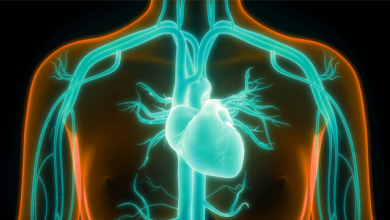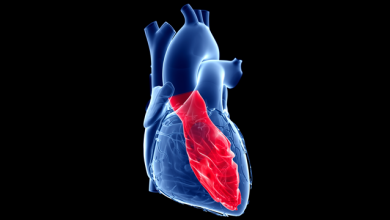Search results
Michael J Mullen
Job title: Consultant Interventional Cardiologist
Author
Chad A Kliger
Job title: Director, Structural Heart Disease of Cardiovascular Medicine
Author
Author(s):
Lindsay A Smith
,
Amit Bhan
,
Mark J Monaghan
Added:
3 years ago
The field of non-coronary cardiac intervention is undergoing rapid expansion, driven by advances in technology and increasing demand for alternative, non-surgical therapies for common structural heart diseases. As a result, the volume, variety and complexity of percutaneous catheter-based procedures being performed in cardiac catheterisation laboratories are increasing. Traditionally, fluoroscopy…
View more
Author(s):
Michael H Picard
Added:
3 years ago
Non-invasive imaging of the heart continues to evolve and improve. Cardiovascular ultrasound (echocardiography) continues to play an important role in the diagnosis and assessment of responses to therapy of many cardiac conditions. Even as the clinical applications of newer techniques such as cardiac computed tomography (CT) and cardiac magnetic resonance imaging (CMRI) increase, the role of…
View more
Author(s):
Irene Martín de Miguel
,
Pablo Ávila
Added:
3 years ago
Author(s):
Annemien E van den Bosch
,
Boudewijn J Krenning
,
Jos RTC Roelandt
Added:
3 years ago
Introduction
The heart is a dynamic organ and places special demands on three-dimensional (3-D) techniques. To understand its physiology and pathophysiology, not only the spatial distribution of its structures is important but also their movement during the cardiac cycles. Previous approaches to 3-D echocardiography (3-DE) were offline and based on sequential rotational scanning and acquisition…
View more
Author(s):
Annemien E van den Bosch
,
Boudewijn J Krenning
,
Jos RTC Roelandt
Added:
3 years ago
Introduction
The heart is a dynamic organ and places special demands on three-dimensional (3-D) techniques. To understand its physiology and pathophysiology, not only the spatial distribution of its structures is important but also their movement during the cardiac cycles. Previous approaches to 3-D echocardiography (3-DE) were offline and based on sequential rotational scanning and acquisition…
View more
Realtime Three-dimensional Echocardiography - A New Diagnostic Tool for Mitral Valve Assessment
Author(s):
Jose Luis Zamorano
,
Leopoldo Pérez
Added:
3 years ago
Article
Author(s):
Leonardo Guimaraes
,
David del Val
,
Sebastien Bergeron
,
et al
Added:
3 years ago
Major advances in heart failure (HF) management have been achieved over the past three decades, yet it remains a syndrome with high morbidity and mortality, poor quality of life and high healthcare costs. Despite all advances in medical/device therapy, many HF patients continue to deteriorate, leading to poor quality of life and high rehospitalisation and mortality rates.1 The recent European…
View more
Author(s):
Mariëlle GJ Duffels
,
Eric Boersma
,
Barbara JM Mulder
Added:
3 years ago
Congenital heart disease is the most common congenital malformation and accounts for about eight cases per 1,000 births.1 Due to tremendous developments in cardiac surgery, nearly 90% of all children with congenital heart disease reach adult age. In patients with congenital heart disease, pulmonary arterial hypertension (PAH) may develop due to increased pulmonary arterial flow as a result of a…
View more













